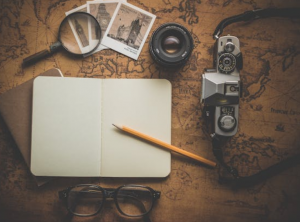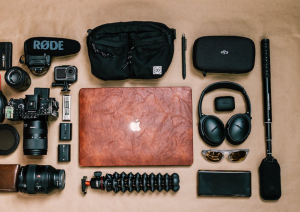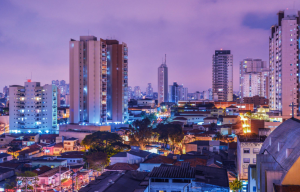Through the Lens: Mastering Travel Photography Techniques

Introduction
The world is a canvas waiting to be captured through the lens of a skilled photographer. Travel photography transcends mere snapshots; it immortalizes moments, tells stories, and evokes emotions. In this guide, we unveil the techniques and insights that transform travel photography from a hobby to an art form.
1. Choosing the Right Gear: Tools of the Trade
Before embarking on a photographic journey, it’s crucial to equip yourself with the appropriate tools. The choice between a DSLR, mirrorless camera, or even a high-quality smartphone depends on your preferences and travel style. Selecting the right lenses and accessories further refines your photographic vision.

2. Composition Matters: Framing Your Shots with Precision
Composition is the cornerstone of compelling photography. The rule of thirds, leading lines, and framing techniques guide the viewer’s eye and create visual harmony. Understanding perspective and depth adds layers to your images, inviting the viewer to explore every corner of the frame.
3. Mastering Lighting Techniques: Natural vs. Artificial
Lighting is the heartbeat of photography. Harnessing the golden hours of sunrise and sunset infuses your images with a warm, ethereal glow. Adapting to various weather conditions allows you to capture the essence of a place in different moods. When natural light isn’t sufficient, mastering flash and artificial lighting techniques ensures your subjects are beautifully illuminated.
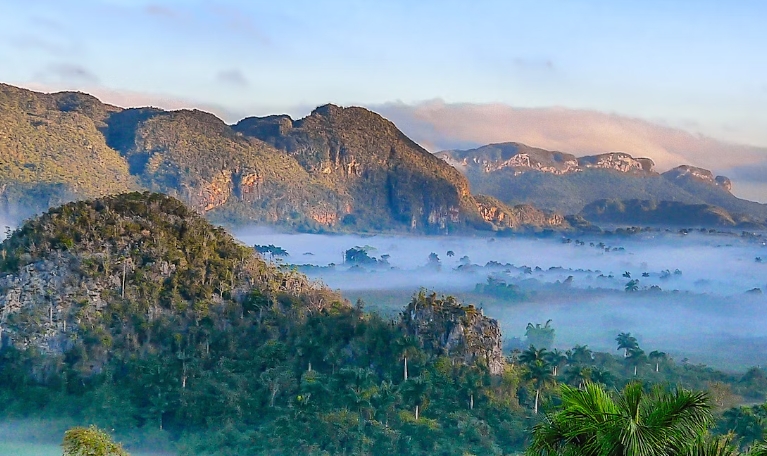
4. The Art of Storytelling: Capturing Moments and Emotions
Great travel photography goes beyond aesthetics; it’s about conveying a story. Candid shots capture authentic moments, preserving genuine emotions and interactions. Portraits, in particular, are a powerful medium for storytelling, enabling you to connect with your subjects and convey their unique narratives.
5. Techniques for Capturing Landscapes: From Vistas to Details
Landscapes are a testament to the grandeur of our planet. Composing sweeping vistas requires an understanding of balance and perspective. Yet, beauty often lies in the details, and macro photography unveils the intricate world within. Long exposure techniques add an element of dynamism, transforming waterfalls into silky streams and cityscapes into trails of light.
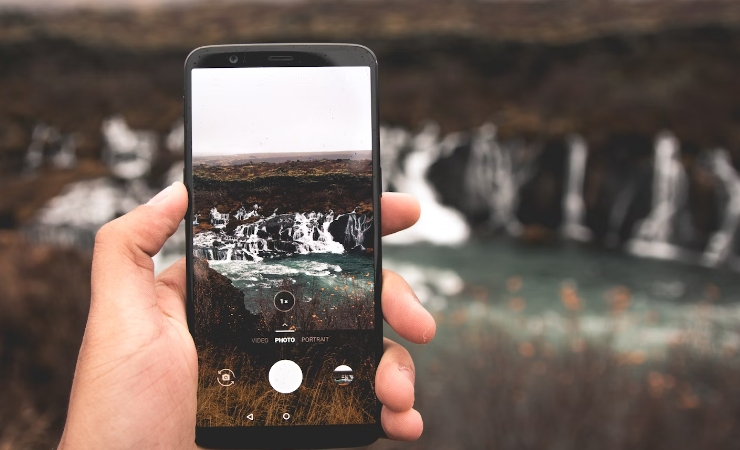
6. Cultural Sensitivity and Ethical Photography
Respecting the cultures and individuals you encounter on your travels is paramount. Seeking permission before taking portraits, especially in sensitive environments, is a sign of courtesy and respect. It’s essential to understand local customs and traditions, ensuring your photography reflects a genuine appreciation for the places and people you encounter.
7. Post-Processing: Polishing Your Travel Masterpieces
Editing is the final brushstroke that brings your vision to life. From selecting the best shots to fine-tuning exposure and color balance, the editing process refines your images without sacrificing their authenticity. Software and apps offer a range of tools to enhance your photographs, allowing you to create polished masterpieces.

Conclusion
Becoming a virtuoso in travel photography is a journey in itself. It demands practice, patience, and a passion for storytelling through imagery. As you embark on future journeys with your camera in hand, remember that every click of the shutter is an opportunity to share the beauty and wonder of the world through your unique perspective.
FAQs
1. How do I choose the right camera for travel photography?
Consider factors like portability, versatility, and your level of expertise. A mirrorless camera or high-end smartphone often strikes a balance between quality and convenience for most travelers.
2. What are some essential accessories for travel photography?
A sturdy tripod, extra batteries and memory cards, lens cleaning kit, and a camera bag for organization and protection are crucial accessories for any travel photographer.
3. How can I improve my composition skills in photography?
Study the work of accomplished photographers, practice framing shots using composition techniques like the rule of thirds, leading lines, and perspective, and experiment with different angles and perspectives.
4. What are some ethical considerations when photographing people in different cultures?
Always seek permission before taking someone’s photo, especially in sensitive or private settings. Respect cultural norms and sensitivities regarding photography, and be mindful of how you represent individuals in your images.

